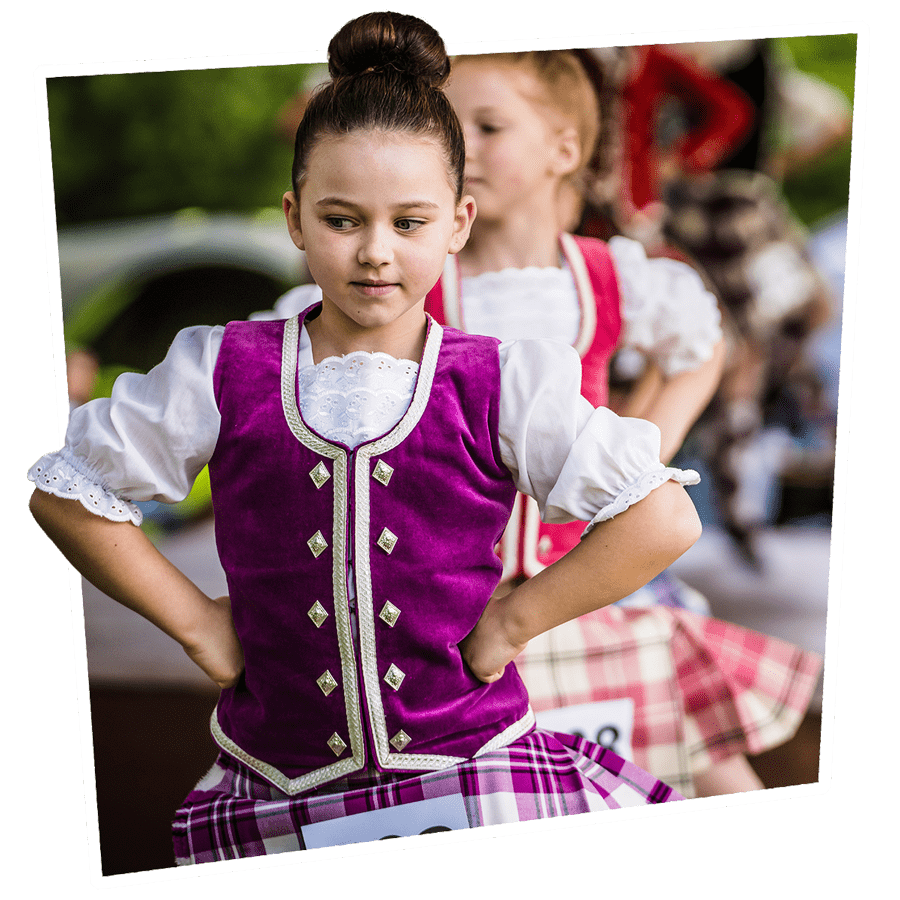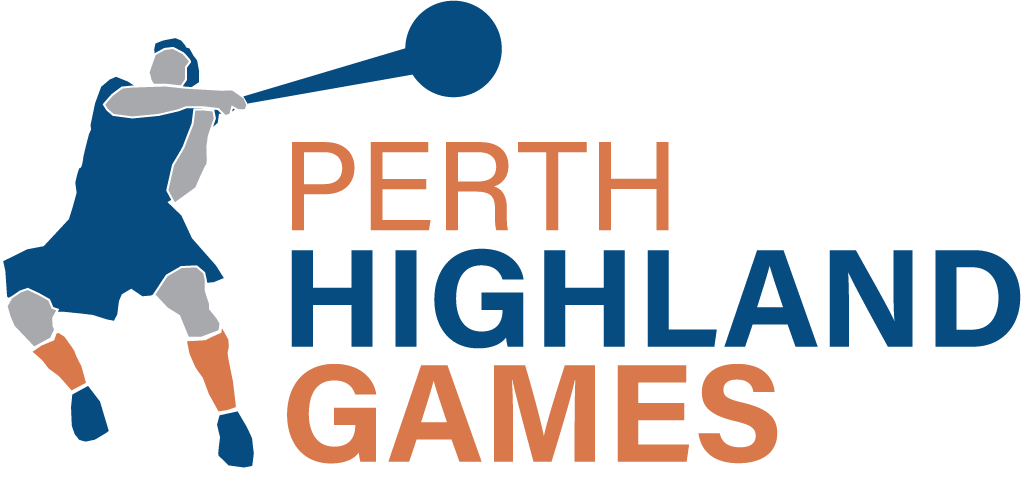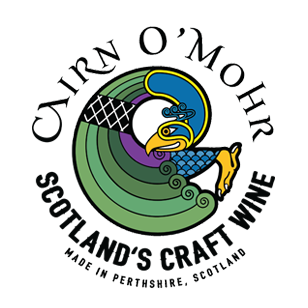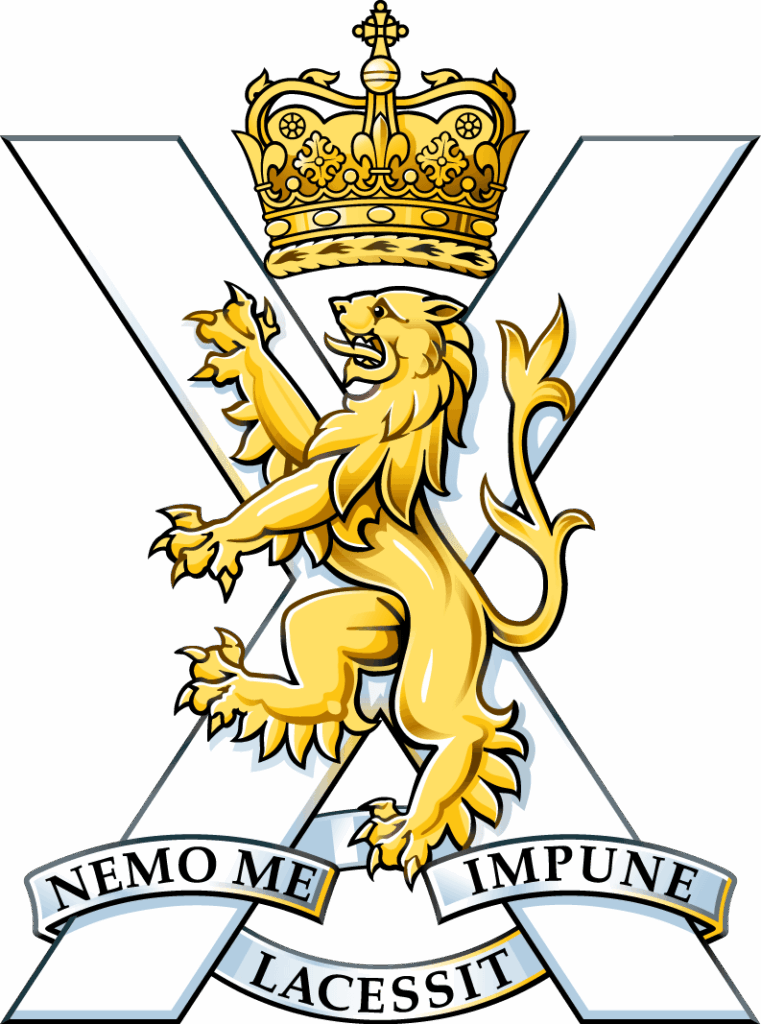HIGHLAND DANCING
A firm favourite
Highland Dancing is one of the top attractions preferred by the public at highland games today where it displays our beautiful national costume to full advantage, and provides a colourful entertaining example of physical fitness.
Highland dances often originated in cermonies of various kinds such as the celebration of a battle victory or from a rural legend with fact and fiction interwoven to inspire the basic steps for a dance.
For long Highland Dancing was a male dominated event but today it is the opposite. Earlier, both sexes danced in male costume but the introduction of the feminine Aboyne Dress encouraged more female contestants and the subsequent out numbering of young men on the dance platforms.
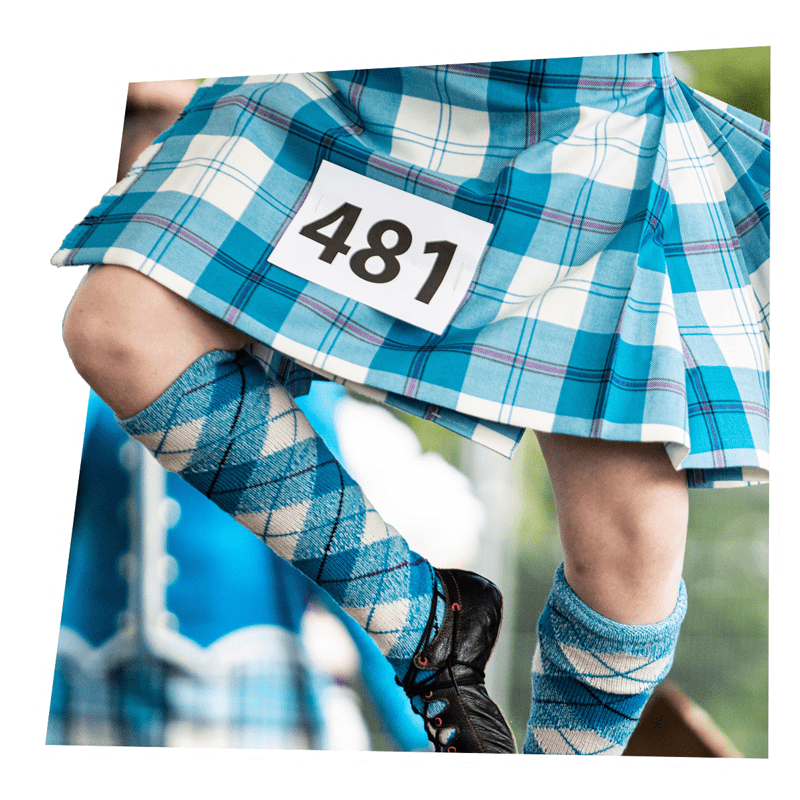
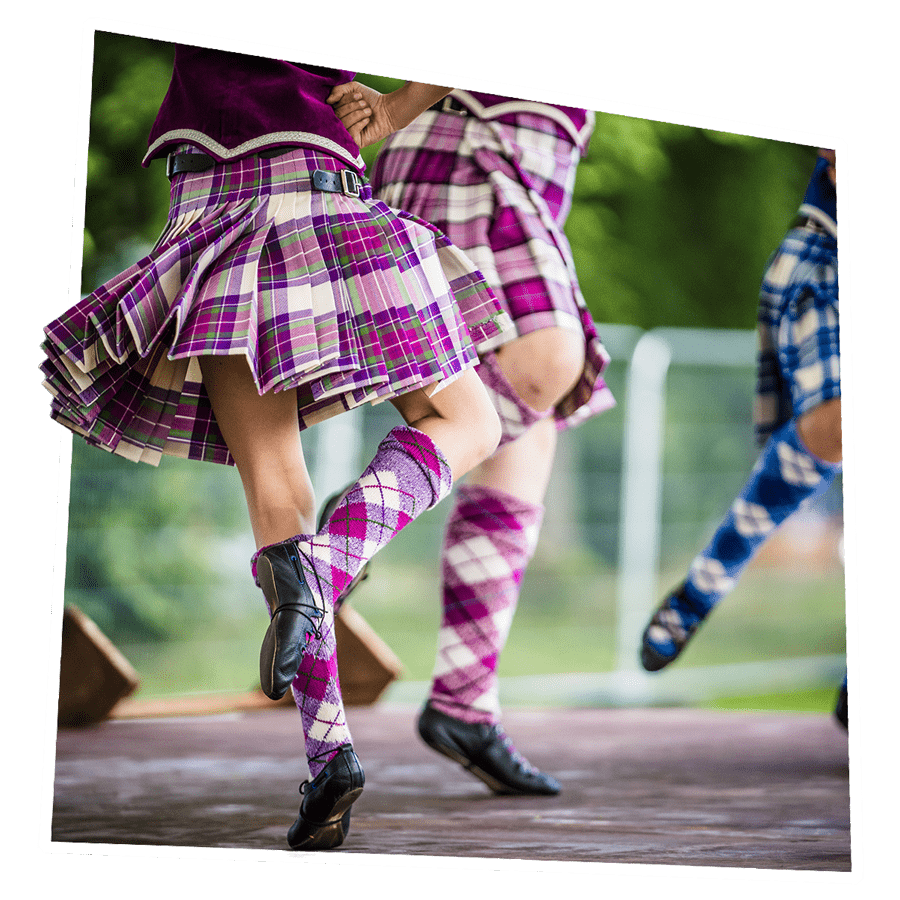
a skilled tradition...
In 1950 the Scottish official Board of Highland Dancing was inaugurated which scrutinises and maintains a panel of qualified dancing judges to ensure that Championships staged in Scotland are worthy of that title. Rules and regulations about approved steps for a dance and how they should be performed are available from this Board and organisers of championships are given guidance for standardisation.
In judging, points are awarded for technique, timing, and general deportment with foot positioning all-important, as are arm and hand movements to ensure the dance is executed to provide maximum attraction. Championships are awarded not to the winner of one dance but to the best all-round dancer of certain traditional Highland Dances such as Sword Dance, Highland Fling, and Seann Triubhas.
For competitive purposes, each dancer is ranked according to one of five groups: Primary-under 7 years of age; Beginner – until winning 6 different contests; Novice- until winning 6 or more competitions; Advanced Intermediate – for one year from the date of last Novice competition; and the big leagues; Open and Premier – There are age classifications in each group.
In Highland dancing competitions, female dancers wear a velvet jacket with gold or silver braid edging and gold or silver buttons, over a white shirt with lace ruffles at the neck. They wear a kilt and tartan hose, and black laced gillies or dancing shoes. Men wear the kilt and sporran, with a jacket and bonnet, with tartan hose and with a sgian dhubh.
For the national dances either a national costume is worn, or the costume appropriate to the dance such as the hornpipe costume, or the Irish Jig costume, which is worn with jig shoes.
The national costume consists of a tartan style gathered skirt, a velvet jacket of a different style, laced up the front with silver laces and decorated with silver buttons.
There is a plaid which is attached at the waistband at the back, and then comes up and over the right shoulder and is fastened with a brooch onto the shoulder of the jacket. The men can wear tartan trews or Highland dress for national dances, and the hornpipe outfit, and a male version of the Irish Jig costume.
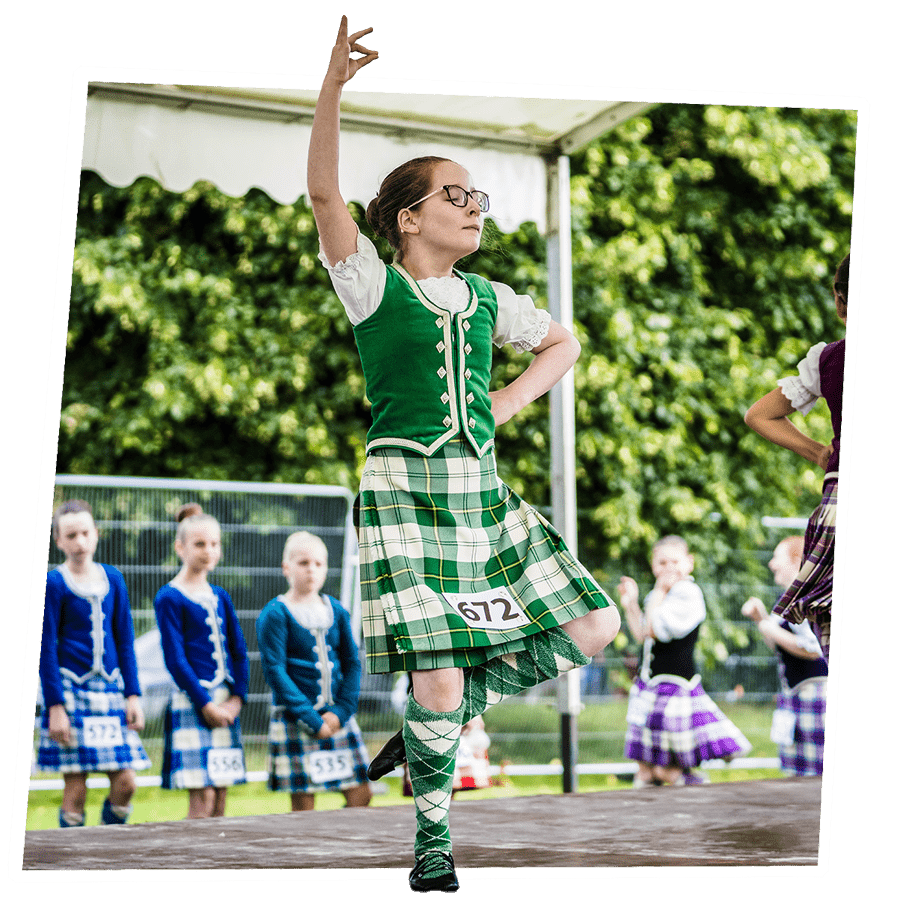
THE DANCES:
SEANN TRIUBHAS
The graceful Seann Triubhas, Gaelic for old trews or trousers, is a solo dance which originated after the 1745 Rising when the wearing of the kilt was forbidden and only Sasunnach trousers permitted. The dance initially interprets contempt and displeasure at wearing this garment, and the latter quicker section of the dance displays delight at kicking off these restricting trousers and symbolises the eventual return of kilt wearing.
THE DANCES:
REEL OF TULLOCH
In the North East village of Tulloch in winter time a congregation is said to have waited patiently for its minister who had been delayed. In order to keep warm the people formed small groups and danced vigorously and this was in time repeated and developed and named the Reel of Tulloch or Hullachan.
